Cold-climate mini split
mtvhike
5 years ago
Featured Answer
Sort by:Oldest
Comments (17)
tigerdunes
5 years agomtvhike
5 years agoRelated Professionals
Muscoy Solar Energy Systems · Fontana Solar Energy Systems · New Canaan Solar Energy Systems · Rosemount Solar Energy Systems · Verona Solar Energy Systems · Birmingham Home Automation & Home Media · Chattanooga Home Automation & Home Media · Evanston Home Automation & Home Media · Fayetteville Home Automation & Home Media · Saint Augustine Home Automation & Home Media · South Lake Tahoe Home Automation & Home Media · Annandale Home Automation & Home Media · Shawnee Fireplaces · Atlanta Fireplaces · Freehold Fireplacesmike_home
5 years agomtvhike
5 years agomtvhike
5 years agoionized_gw
5 years agofsq4cw
5 years agoionized_gw
5 years agomtvhike
5 years agofsq4cw
5 years agomtvhike
5 years agolast modified: 5 years agoionized_gw
5 years agoionized_gw
5 years agofsq4cw
5 years agolast modified: 5 years agoionized_gw
5 years ago
Related Stories
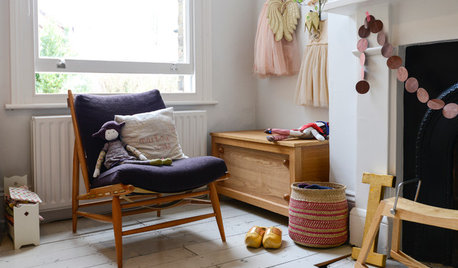
FEEL-GOOD HOMESimple Pleasures: Get Cozy on a Cold Day
Some things are best when the weather is bad. Heat up some cocoa and join the discussion
Full Story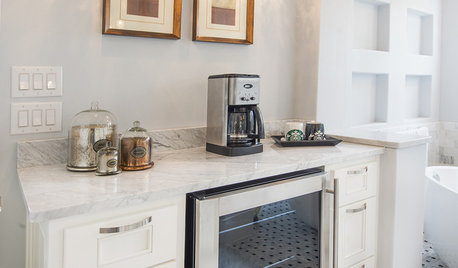
BATHROOM DESIGNUpload of the Day: A Mini Fridge in the Master Bathroom? Yes, Please!
Talk about convenience. Better yet, get it yourself after being inspired by this Texas bath
Full Story
GARDENING GUIDESSucculents in Containers: The Ultimate Easy-Care Mini Garden
Show off your succulent collection with these 10 container design ideas for indoors or outside
Full Story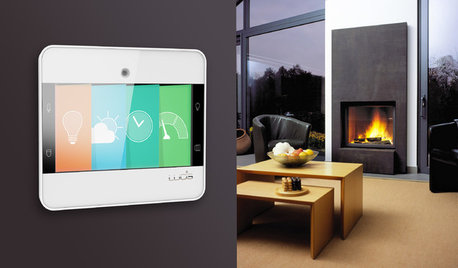
HOME TECHRenovating Homeowners Are Split on Smart Home Tech
Nearly half of those we surveyed are putting so-called smart tech in their homes. Just over half are not. Where do you stand?
Full Story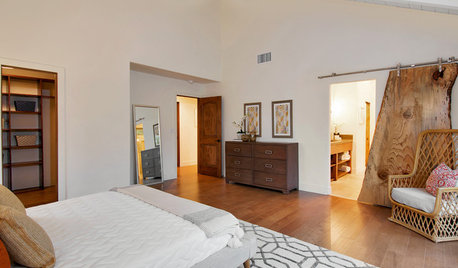
DOORSMini Project: How to Get a Live-Edge Barn Door
Introduce space-saving natural beauty with these tips on selecting and installing a live-edge slab door
Full Story
LIFEHouzz Call: How Are You Handling the Record-Breaking Cold?
Share your tales, strategies and photos for everything polar vortex
Full Story
DECORATING GUIDES10 Ways to Hide That Air Conditioner
Feeling boxed in designing around your mini-split air conditioner? Try one of these clever disguises and distractions
Full Story
GARDENING GUIDES6 Rockin’ Red Plants for Winter Gardens
Use the bright berries or branches of these cold-climate favorites for outdoor garden interest or container arrangements anywhere
Full Story
EDIBLE GARDENSHow to Grow 10 Favorite Fruit Trees at Home
Plant a mini orchard in fall, winter or early spring to enjoy fresh-off-the-tree fruit the following year
Full Story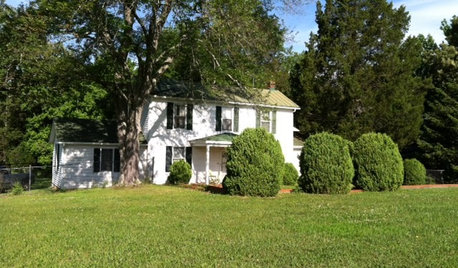
LIFETime Travel to Houzzers' Childhood Homes, Part 3
See postwar homes built by family members, rural farmsteads, cold-water flats and much more
Full Story





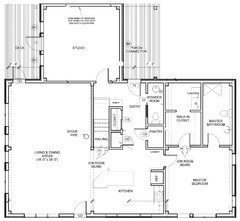

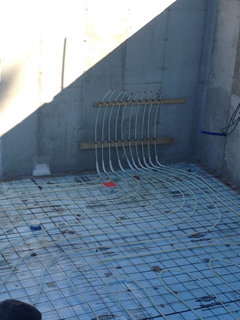



ionized_gw